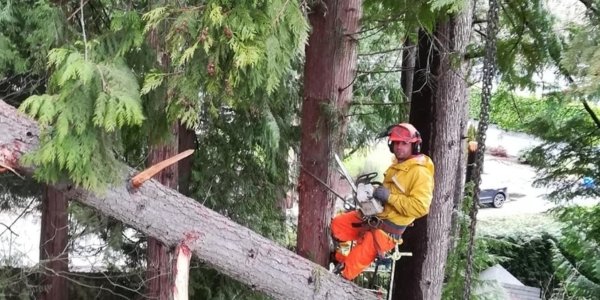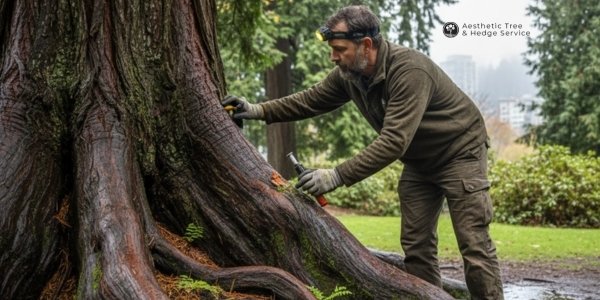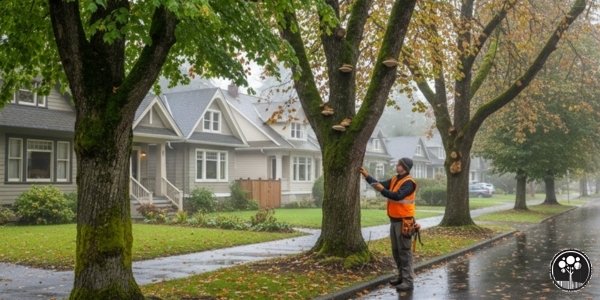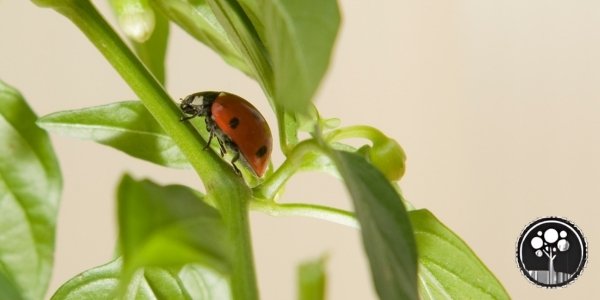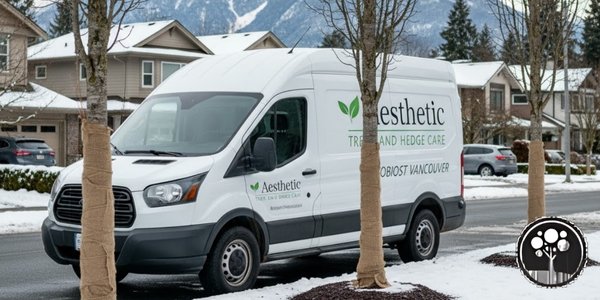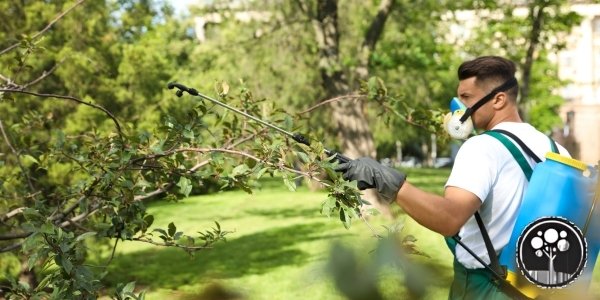Let’s face it—Vancouver’s trees don’t take instructions from calendars. The west coast’s mild, rainy climate means the urge to prune can strike anytime, but getting the timing and technique right is what really keeps your landscape healthy and looking great.
Whether you’re taming maples, protecting property lines, or maximizing fruit yields, the right pruning strategy guarantees thriving, resilient trees year-round. In this guide, we’ll share the best time to prune trees in Vancouver and reveal expert-approved methods.
Why Prune Trees
For most of Vancouver’s trees, late winter to early spring (February to March) is prime time. That’s when trees are dormant, sap isn’t rushing around under the bark, and wounds from cuts heal quickly once spring growth starts. This reduces stress on your trees and lowers the risk of spreading disease—something especially important in this city’s damp climate. For flowering trees that bloom in early spring, wait until after blossoms drop to avoid missing out on next year’s flowers.
Some exceptions exist. Birch and walnut, for example, can “bleed” sap profusely if pruned too early; mid-summer is better for them. Young trees benefit from light formative pruning in their first year, but don’t get aggressive until they’re established.
For maximum tree health, leading tree research organizations recommend pruning before the spring growth flush, as this helps ensure rapid wound closure and minimizes stress on the tree.
How to Prune Trees Properly
- Start with an assessment. Look for dead, diseased, or rubbing branches—these are priority for removal.
- Don’t overdo it. A good rule is never to take more than 15% of the canopy in a single season. Over-pruning can stunt growth and make trees vulnerable.
- Use clean, sharp tools. Always cut just outside the branch collar (the slightly swollen area at the branch base) to encourage quick healing and reduce the chance of infection.
- Maintain the tree’s shape. Instead of drastic shearing, focus on strategic cuts that shape and strengthen the structure long-term.
- Avoid topping. This outdated practice removes large sections from the canopy and weakens the tree, making it more prone to pests and storm damage.
Local Regulations and Permitting
Vancouver takes its urban tree canopy seriously. You need a permit to prune trees or remove certain large or heritage trees, especially those over 20cm in trunk diameter or located in public rights-of-way. If in doubt, always check with the city before starting major work—fines for unpermitted tree work add up quickly.
What’s New in Tree Pruning: 2025 Trends
The past year has seen some shifts in how tree professionals work:
- Smart tools and tech: AI-driven analysis and tools are showing up in large-scale operations, helping plan cuts and monitor tree health.
- Drones: Arborists use drones for inspecting tall or hard-to-reach trees, cutting down on risky climbs.
- Eco-minded practices: Battery-powered tools and sustainable methods are now the industry norm.
Quick Stats
| Fact | Details |
| Best pruning window | Late winter to early spring (Feb–March) |
| Canopy to remove per session | No more than 15% |
| Common cause of urban tree failure | Improper pruning: over 30% |
| Permit required in Vancouver? | Yes, for street/heritage/large trees |
FAQs
1. What if I prune my trees at the wrong time of year?
Pruning outside the dormant season can leave cuts more vulnerable to disease and slow healing, especially in Vancouver’s wet springs.
2. Are there ways to reduce storm damage risks with pruning?
Selective thinning and removing weak or crossing branches helps trees withstand heavy Pacific storms and reduces the risk of limbs breaking off.
3. Can I prune my own tree, or should I hire a pro?
Light pruning of small branches is safe for many homeowners, but large trees or those near power lines are best left to certified arborists for safety and compliance.
4. How do I know if my tree is a candidate for permit-restricted pruning?
If your tree is big (trunk >20cm diameter), historic, or within a City right-of-way, you probably need a permit.
5. What’s unique about Aesthetic Tree and Hedge Care’s approach?
Aesthetic Tree’s team uses local experience and certified techniques to prune trees with precision and ensure Vancouver properties look their best—safely and sustainably.
People Also Ask
1. Do I need a permit to trim a tree on my own property?
You usually don’t need a permit for small, routine pruning, but large, significant cuts or work on protected trees requires approval in Vancouver.
2. How often should trees in Vancouver be professionally pruned?
Most healthy, established trees benefit from pruning every 3–5 years; young trees or those with fast growth may need more frequent care.
3. Should I seal pruning wounds on my tree?
No; modern guidance says let wounds heal naturally. Applying sealant can trap moisture and cause decay.
4. What are the most common mistakes people make when pruning trees?
Common errors include over-pruning, making cuts too close or too far from the trunk, and topping—these can all damage or shorten the life of your tree.
5. Can proper pruning increase my property value?
Yes, well-maintained trees are known to boost curb appeal and property value by up to 20% in local real estate markets.
If you’re wondering when or how to prune your own trees—or want an expert to handle it—reach out to Aesthetic Tree and Hedge Care. Locals trust us because we know what works in this city’s climate, and we keep things simple, safe, and genuinely effective.
Contact us today for a free quote.
